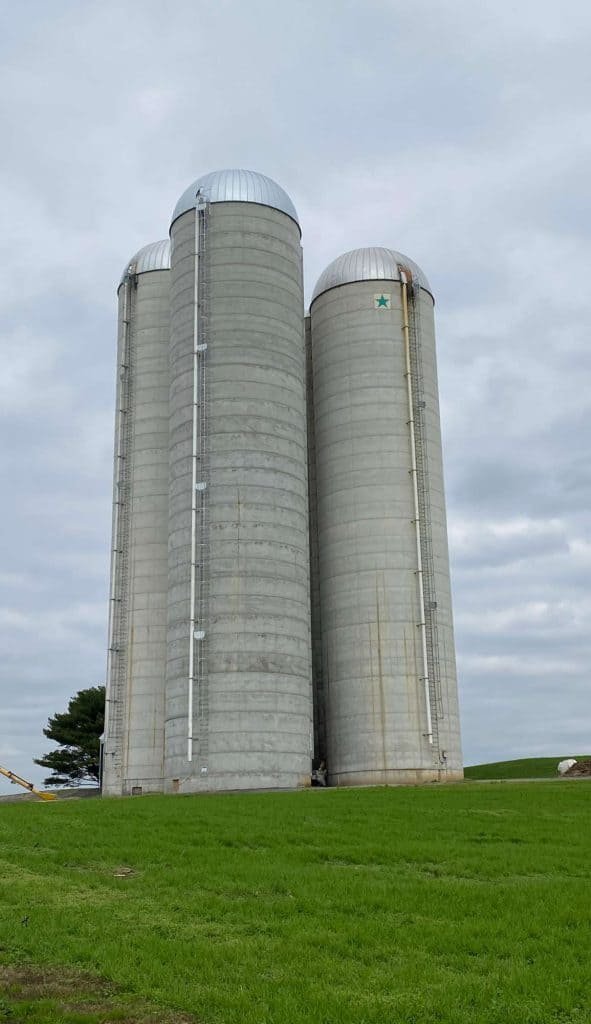Paper weaving is an ancient art form that has been practiced for centuries. It involves the interlacing of strips of paper to create intricate patterns and designs. The origins of paper weaving can be traced back to ancient China, where it was used as a decorative technique for clothing and household items. Over time, paper weaving spread to other parts of the world and became a popular craft among different cultures. In today’s post, Top Weaving will share with you on a tutorial for the paper weaving for preschoolers.
One of the main benefits of paper weaving for preschoolers is its ability to enhance their fine motor skills. As they manipulate the strips of paper, children develop hand-eye coordination and dexterity. Additionally, paper weaving promotes cognitive development by encouraging problem-solving skills and spatial awareness.
It also provides an opportunity for self-expression and creativity, as children can experiment with different colors and patterns.
Key Takeaways
- Paper weaving is a fun and easy craft for preschoolers to learn.
- All you need to get started is paper, scissors, and glue.
- Basic techniques include over-under weaving and creating a warp and weft.
- Adding color and texture can make your paper weaving project more interesting.
- Paper weaving can help develop fine motor skills, creativity, and problem-solving abilities in preschoolers.
Materials Required for Paper Weaving
To get started with paper weaving, you will need a few basic materials:
1. Colored construction or craft paper: Choose a variety of colors to add visual interest to your projects.
2. Scissors: You will need scissors to cut the strips of paper.
3. Ruler: A ruler will help you measure and cut straight lines.
4. Glue stick or tape: This will be used to secure the ends of your woven pieces.
5. Pencil or marker: Use these tools if you want to draw patterns on your strips before cutting them.
These materials can be easily found at local craft stores or online retailers specializing in art supplies.
Basic Techniques of Paper Weaving
Now that you have gathered your materials let’s dive into some basic techniques for paper weaving:
1.Start by cutting several long strips from different colored papers using your ruler as a guide.
2.Take two strips—one vertical (A) and one horizontal (B)—and cross them over each other in an “X” shape at their centers.
3.Fold strip A over strip B, then fold strip B over strip A. Repeat this process until you reach the end of the strips.
4.To secure the ends, apply glue or tape to keep them in place.
Tips for successful paper weaving:
– Start with simple patterns and gradually progress to more complex designs.
– Use contrasting colors to make your patterns stand out.
– Take your time and be patient. Paper weaving requires precision and attention to detail.
Creating a Simple Paper Weaving Project
| Materials | Instructions | Difficulty Level |
|---|---|---|
| Colored paper strips, scissors, glue | Cut paper strips, weave them together, glue the ends | Easy |
| Time Required | Age Range | Outcome |
| 30 minutes | 6-12 years old | A colorful and unique paper weaving project |
Now that you have mastered the basic techniques of paper weaving, let’s create a simple project together:
1. Choose two contrasting colors of construction paper for your project.
2. Cut several long strips from each color, making sure they are all the same width.
3. Take one strip from each color and cross them over each other in an “X” shape at their centers.
4. Fold one strip over the other, alternating between colors until you reach the end of the strips.
5. Secure the ends with glue or tape.
Variations on this project:
– Experiment with different widths of paper strips for a different visual effect.
– Create a border around your woven piece by gluing additional strips around its edges.
Adding Color and Texture to Paper Weaving
While paper alone can create beautiful woven patterns, adding color and texture can take your projects to another level:
1.Use markers or colored pencils to draw intricate designs on your paper strips before cutting them.
2.Try using patterned scrapbook papers instead of solid-colored construction paper for added visual interest.
3.Explore different materials such as ribbons, yarns, or fabric scraps that can be woven into your projects.
By incorporating these elements into your paper weaving projects, you can create unique pieces that showcase both creativity and craftsmanship.
Exploring Different Patterns in Paper Weaving
Paper weaving offers endless possibilities when it comes to creating patterns. Here are some examples:
1.Horizontal stripes: Weave strips of paper in a horizontal direction, alternating colors to create a striped pattern.
2.Diagonal lines: Angle your strips of paper to create diagonal lines that intersect and form a geometric pattern.
3.Chevron pattern: Weave your strips in a zigzag fashion, creating an arrow-like design.
To create these patterns:
1. Follow the basic techniques of paper weaving but vary the placement and angle of your strips.
2. Experiment with different color combinations to enhance the visual impact of your patterns.
Creating 3D Paper Weaving Projects
If you’re looking for more advanced projects, consider exploring 3D paper weaving. This technique adds depth and dimension to your creations:
1.Start by cutting several long strips from different colored papers as before.
2.Fold each strip accordion-style, creating pleats along its length.
3.Interlace the folded strips together, alternating between colors and directions.
Variations on 3D projects:
– Create a woven sphere by interlacing multiple layers of folded paper strips together in a circular shape.
– Experiment with different folding techniques such as fan folds or diamond folds for unique textures.
Tips and Tricks for Successful Paper Weaving
To ensure successful paper weaving projects, keep these tips in mind:
– Use sharp scissors to achieve clean cuts on your paper strips.
– Measure twice, cut once! Accuracy is key when it comes to achieving precise patterns.
– Start with simple designs and gradually challenge yourself with more complex patterns.
If you encounter any difficulties during the process, don’t get discouraged. Troubleshooting is part of the learning experience!
Incorporating Paper Weaving into Preschool Curriculum
Paper weaving can be incorporated into various subjects within preschool curriculum:
- Mathematics: Introduce concepts such as symmetry by creating symmetrical patterns through paper weaving. Counting can also be reinforced by asking children to weave specific numbers of strips.
- Art: Paper weaving is an art form in itself, but it can also be used as a medium for other artistic projects. For example, children can weave strips of paper to create collages or sculptures.
- Social Studies: Explore different cultures and their weaving traditions. Discuss how paper weaving differs from other types of weaving.
By integrating paper weaving into different subjects, preschoolers can develop a well-rounded understanding of the craft while enhancing their learning experience.
Benefits of Paper Weaving for Preschoolers
Paper weaving offers numerous benefits for preschoolers’ development:
1.Fine motor skills: Manipulating small strips of paper helps improve hand-eye coordination and dexterity.
2.Cognitive development: Problem-solving skills are enhanced as children figure out how to weave the strips together. Spatial awareness is also developed through understanding patterns and shapes.
3.Creativity and self-expression: Paper weaving allows children to explore colors, textures, and patterns while expressing their unique ideas.
Through engaging in this tactile activity, preschoolers not only have fun but also acquire valuable skills that will benefit them in various aspects of life.
Conclusion and Inspiration for Future Paper Weaving Projects
In conclusion, paper weaving is a versatile craft that offers endless possibilities for creativity and skill development. From basic techniques to more advanced projects, there is something for everyone to enjoy. Whether you are a preschool teacher looking to incorporate this art form into your curriculum or a parent seeking an engaging activity for your child at home, paper weaving provides an opportunity to explore color theory, pattern-making, fine motor skills enhancement, problem-solving abilities all while having fun!
As you continue your journey with paper weaving projects, don’t be afraid to experiment with new materials or techniques. Let your imagination run wild! The beauty of this craft lies in its ability to adapt and evolve with each individual’s unique style.
So gather your materials once again—colored papers at the ready, scissors in hand—and let the strips of paper intertwine to create a masterpiece. Whether it’s a simple woven bookmark or an intricate 3D sculpture, each project is an opportunity for self-expression and personal growth. Embrace the art of paper weaving and let it inspire you to explore new horizons in creativity.
FAQs
What is paper weaving?
Paper weaving is a technique of interlacing strips of paper to create a pattern or design. It is a fun and easy craft activity that can be enjoyed by people of all ages.
What are the benefits of paper weaving for preschoolers?
Paper weaving helps preschoolers develop their fine motor skills, hand-eye coordination, and concentration. It also encourages creativity and imagination.
What materials do I need for paper weaving?
To start paper weaving, you will need strips of paper, scissors, glue, and a base paper. You can use any type of paper, such as construction paper, tissue paper, or magazine pages.
How do I create a paper weaving?
To create a paper weaving, you will need to cut strips of paper and weave them over and under each other on a base paper. You can create different patterns and designs by using different colors and widths of paper.
What are some tips for teaching paper weaving to preschoolers?
When teaching paper weaving to preschoolers, it is important to start with simple patterns and use large strips of paper. You can also use a cardboard loom to help them keep the paper in place. Encourage them to be creative and experiment with different colors and textures of paper.
Originally posted 2024-01-15 03:45:04.



